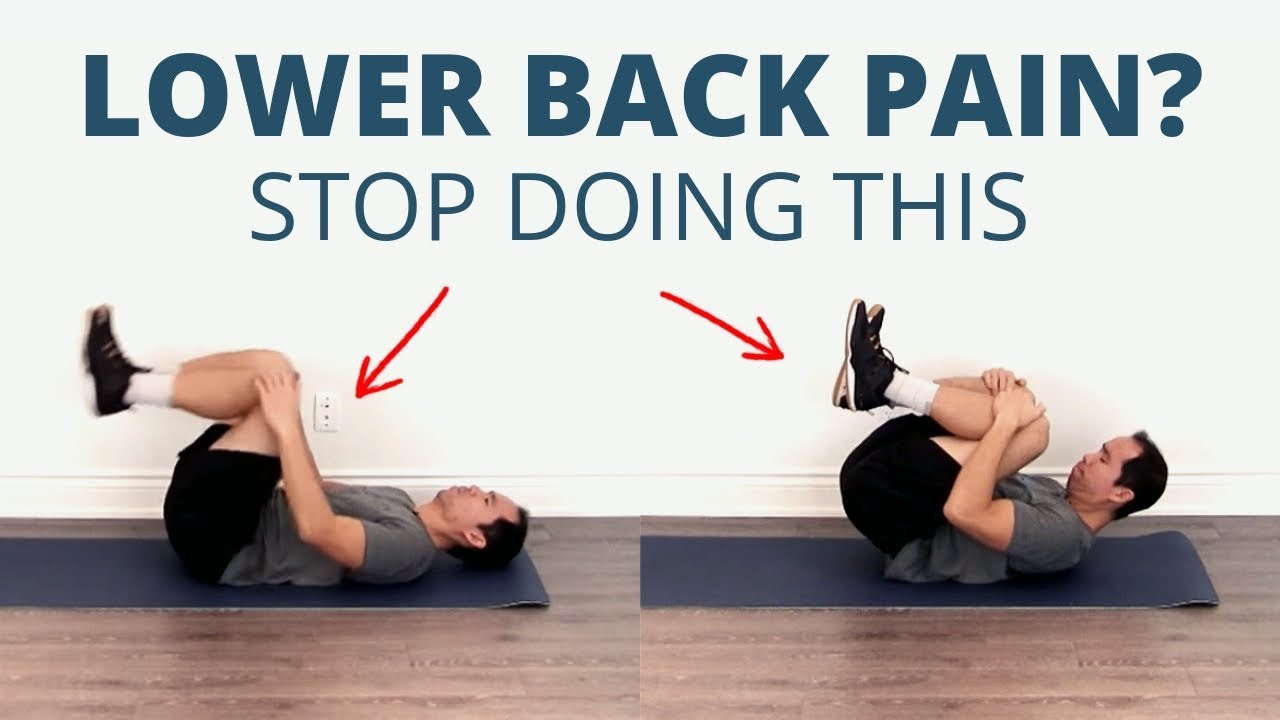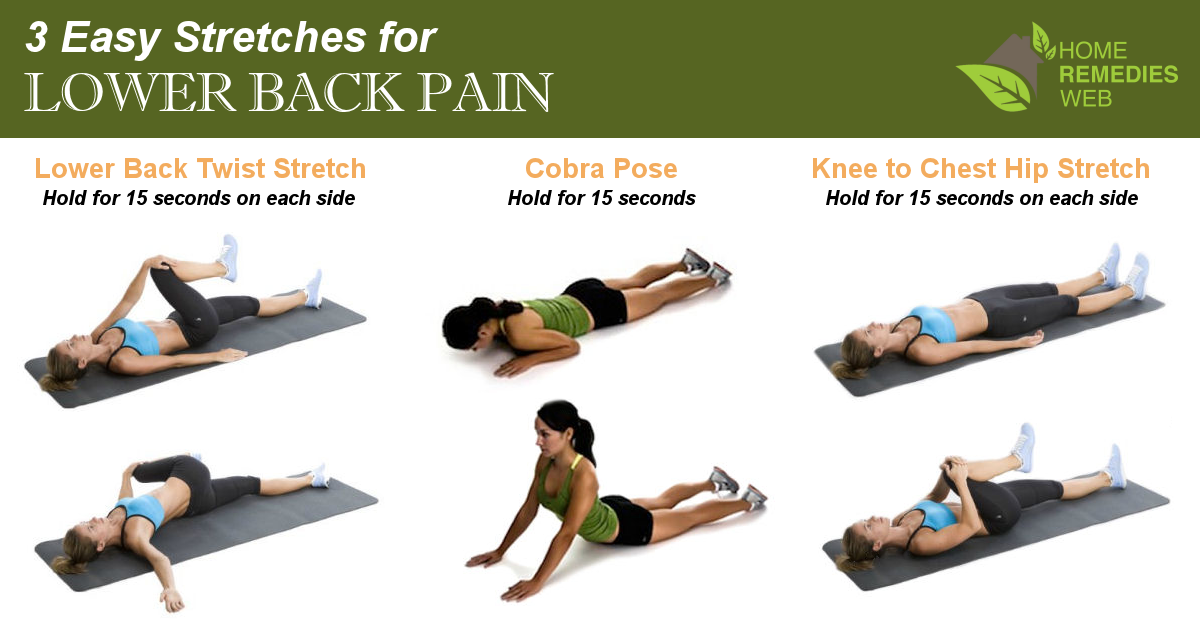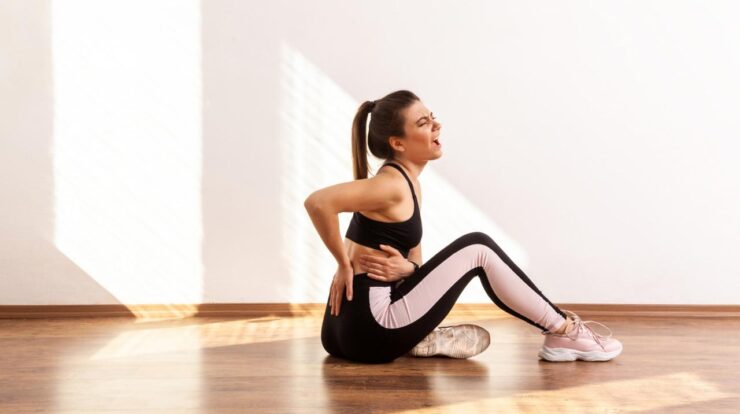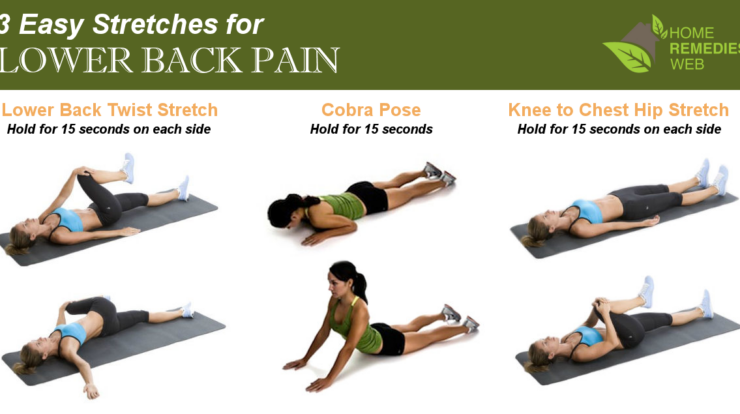
Exercises to relieve lower back pain are gaining prominence as a safe and effective way to manage this common ailment. This comprehensive guide delves into the types of exercises, benefits, precautions, and a sample exercise regimen to help you alleviate lower back pain and improve your overall well-being.
Lower back pain affects millions of people worldwide, significantly impacting their quality of life. Regular exercise has been shown to be an effective non-invasive treatment option, providing numerous benefits beyond pain relief.
If you’re looking to reduce excess fat in the lower back area, incorporating exercises for lower back fat into your fitness routine can be highly beneficial. These exercises can help strengthen the back muscles, improve posture, and promote fat loss in the targeted area.
Exercises to Relieve Lower Back Pain
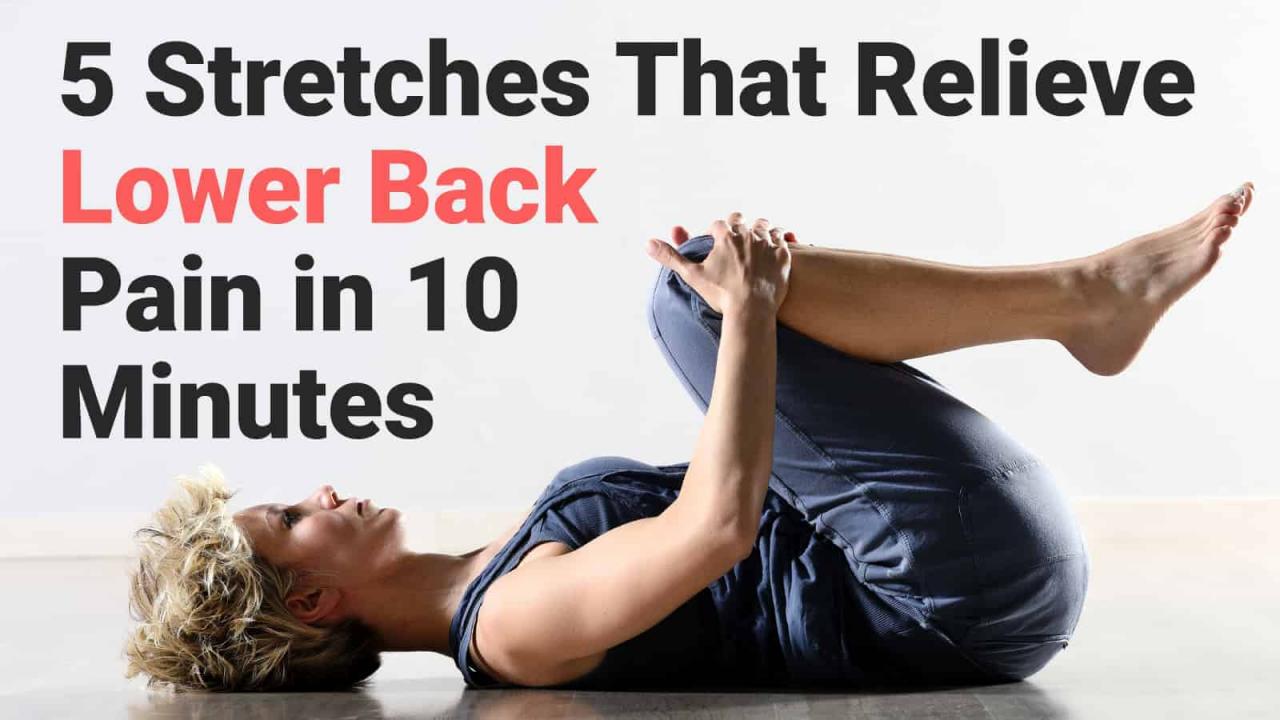
Lower back pain is a common condition that affects millions of people worldwide. It can range from mild discomfort to severe pain that interferes with daily activities. Regular exercise is an effective way to relieve lower back pain and improve overall health.
Types of Exercises, Exercises to relieve lower back pain
| Exercise Name | Description | Target Muscles | Benefits |
|---|---|---|---|
| Pelvic Tilt | Lie on your back with your knees bent and feet flat on the floor. Tilt your pelvis upward, flattening your lower back against the floor. | Lower back muscles, core muscles | Strengthens lower back muscles, improves posture |
| Bird Dog | Start on your hands and knees. Extend your right arm forward and left leg backward simultaneously, keeping your back flat. Hold for a few seconds and return to the starting position. Repeat with the opposite arm and leg. | Lower back muscles, core muscles, glutes | Strengthens lower back muscles, improves core stability |
| Glute Bridge | Lie on your back with your knees bent and feet flat on the floor. Lift your hips toward the ceiling, squeezing your glutes at the top. Hold for a few seconds and lower back down. | Glutes, lower back muscles, hamstrings | Strengthens lower back muscles, improves posture, reduces pain |
| Knee-to-Chest Stretch | Lie on your back with your knees bent and feet flat on the floor. Bring your right knee to your chest, hugging it with both arms. Hold for a few seconds and release. Repeat with the left knee. | Lower back muscles, hamstrings | Stretches lower back muscles, reduces stiffness |
Final Wrap-Up: Exercises To Relieve Lower Back Pain

Incorporating exercises to relieve lower back pain into your routine can significantly improve your quality of life. By following the guidance provided in this guide, you can effectively manage your lower back pain, enhance your mobility, and maintain a healthy and active lifestyle.
For those seeking a heartfelt way to express their gratitude in Vietnamese, consider using the phrase “Chúc mừng Ngày của Mẹ” or “Mẹ yêu, chúc Mẹ Ngày của Mẹ thật nhiều niềm vui.” These happy Mother’s Day greetings in Vietnamese will surely convey your love and appreciation.
FAQ
How often should I perform these exercises?
Aim for at least 3 sessions per week, with each session lasting 20-30 minutes.
Are these exercises safe for everyone?
For a more comprehensive understanding of the back muscles , their functions, and exercises to strengthen them, refer to our dedicated resource. This resource provides detailed information on the anatomy of the back muscles, their role in movement, and effective exercises to improve back health.
Consult your healthcare provider before starting any new exercise program, especially if you have any underlying health conditions or limitations.
On this special day, we extend our warmest happy Mother’s Day greetings to all the incredible mothers out there. Your love, guidance, and sacrifices are truly immeasurable.
Can I modify these exercises?
Strengthening the back muscles is essential for good posture and overall back health. Regular exercises that target the back muscles can help improve posture, reduce back pain, and enhance mobility.
Yes, most exercises can be modified to suit different fitness levels and limitations. Consult with a healthcare professional or certified fitness trainer for guidance.
